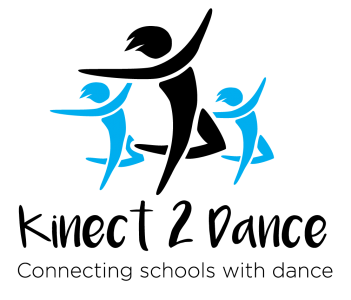
21 Jan DANCE. IN. PRIMARY. SCHOOL. EDUCATION.
Dance is a valuable element of the Primary School curriculum, and here’s why.
What makes Dance in Primary School education so unique is the logical risk-taking factor that occurs through exploring new concepts and ideas. Dance education promotes innovation and growth in both children and adults. It helps improve autonomy and self-confidence due to its self-paced nature. It encourages teamwork which can strengthen working relationships in the future.
The benefit dance brings to students’ social interactions is often overlooked.
Students will often work in small teams or with a partner to create and express their movements and choreography during a Kinect incursion, thus forging solid social skills. By working together, students learn to communicate creative ideas to others and their audience through body movement and work happily within a group dynamic.
For primary students, dance programs in schools can bring an essence of fun and joy to a classroom. They’re developing fundamental physical and mental skills that will support them as they grow without even realising it. Dance education can enhance children’s self-expression, self-esteem, creativity, and imagination. It improves their physical and mental health and fitness. Scientifically, we know that dance exercise releases endorphins that make us feel happier and more relaxed and energised and fulfilled. In comparison to other sports, Dance involves a much higher movement, coordination, strength, and endurance. While dancing, children build stamina and help form a better understanding of bodily awareness.
Although Dance isn’t for everyone, these programs teach impressionable students to have a go and encourage them to try new things, and that in itself makes it all worthwhile.
“There are shortcuts to happiness, and dancing is one of them.”
– Vicki Baum



No Comments